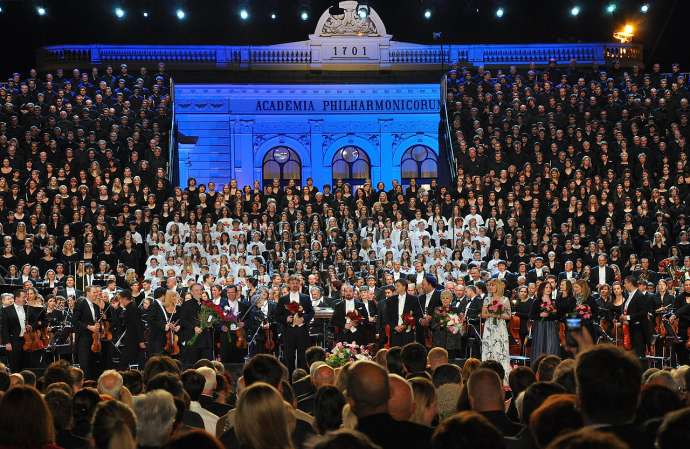STA, 5 June 2020 - The first comprehensive national analysis of the culture and creative sector was presented in Ljubljana on Thursday, showing the industry employs almost 52,000 workers or 7% of Slovenia's workforce, and generates almost 3% of GDP. The study is to help culture stakeholders to plan new policies.
The analysis had been commissioned by Centre for Creativity at the Museum of Architecture and Design from Ljubljana's Institute for Economic Research.
It shows that in 2017, the industry generated almost EUR 3 billion in sales revenue or 2.7% of Slovenia's GDP, more than for instance the chemical industry.
It also shows the sector is comparable to the EU's - it generates 3.5% of gross value added (3.9% in the EU) and 8.4% of all Slovenian companies come from it (8.3%).
The researchers agree that the analysis clearly shows the significance and development potential of the culture and creative sector.
But in order to boost it, understaffing, lack of skills and financial instability will have to be addressed and a support systems for internationalisation set up.
Although well developed, the sector faces similar problems like elsewhere in Europe: it is fragmented, lacks investment, and operates at the level of micro companies and the self-employed.
State Secretary at the Culture Ministry Ignacija Fridl Jarc said this was the first national study which showed the value of the sector and its significance.
It moreover helps reflect on its potential, thus putting its creators and companies on an equal footing with employees in other sectors, she noted.
Fridl Jarc is confident that the analysis will serve as a basis for further studies as well as for recommendations for policies in the field.
The analysis had studied over 35,200 individuals working in creative jobs and almost 24,100 registered organisational units in the sector.
Nika Murovec, one of its three authors, said the analysis was a great challenge because data that had to be collected and analysed is very heterogeneous.
The sector is very diversified, ranging from extremes such as art which is hard to survive on the market without support to software development and video games as a pure profit-making segment, she added.






